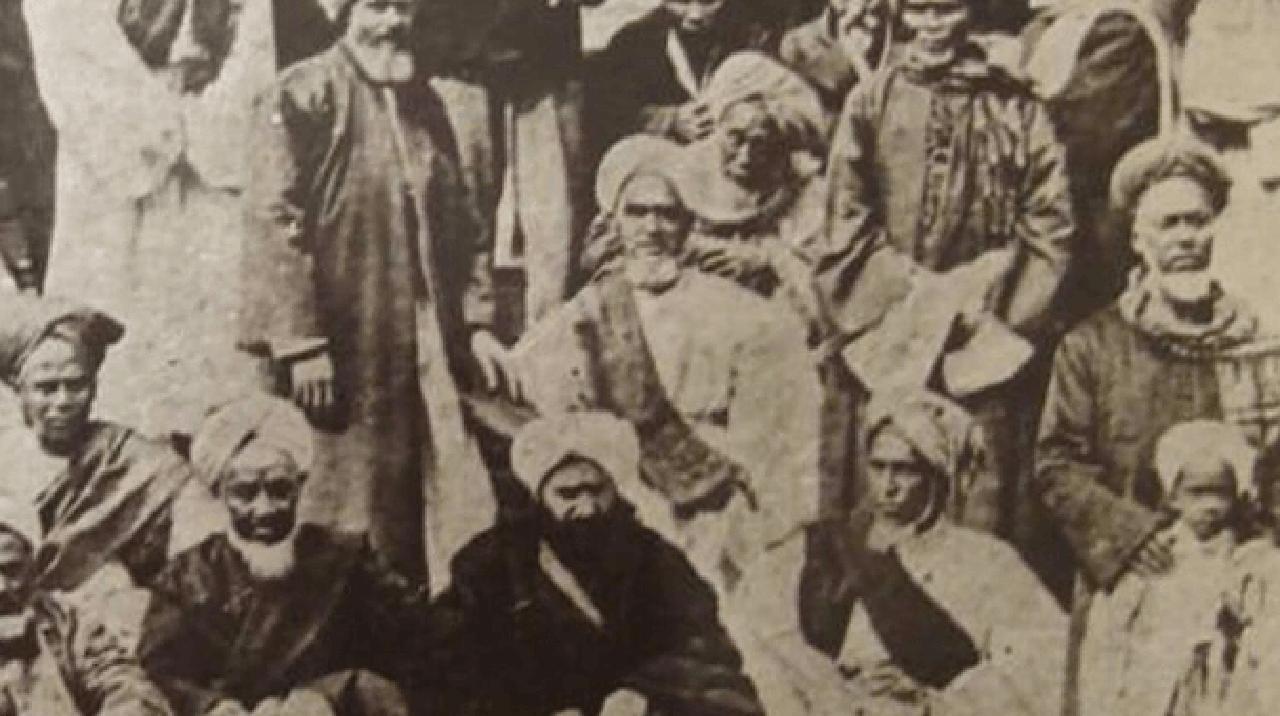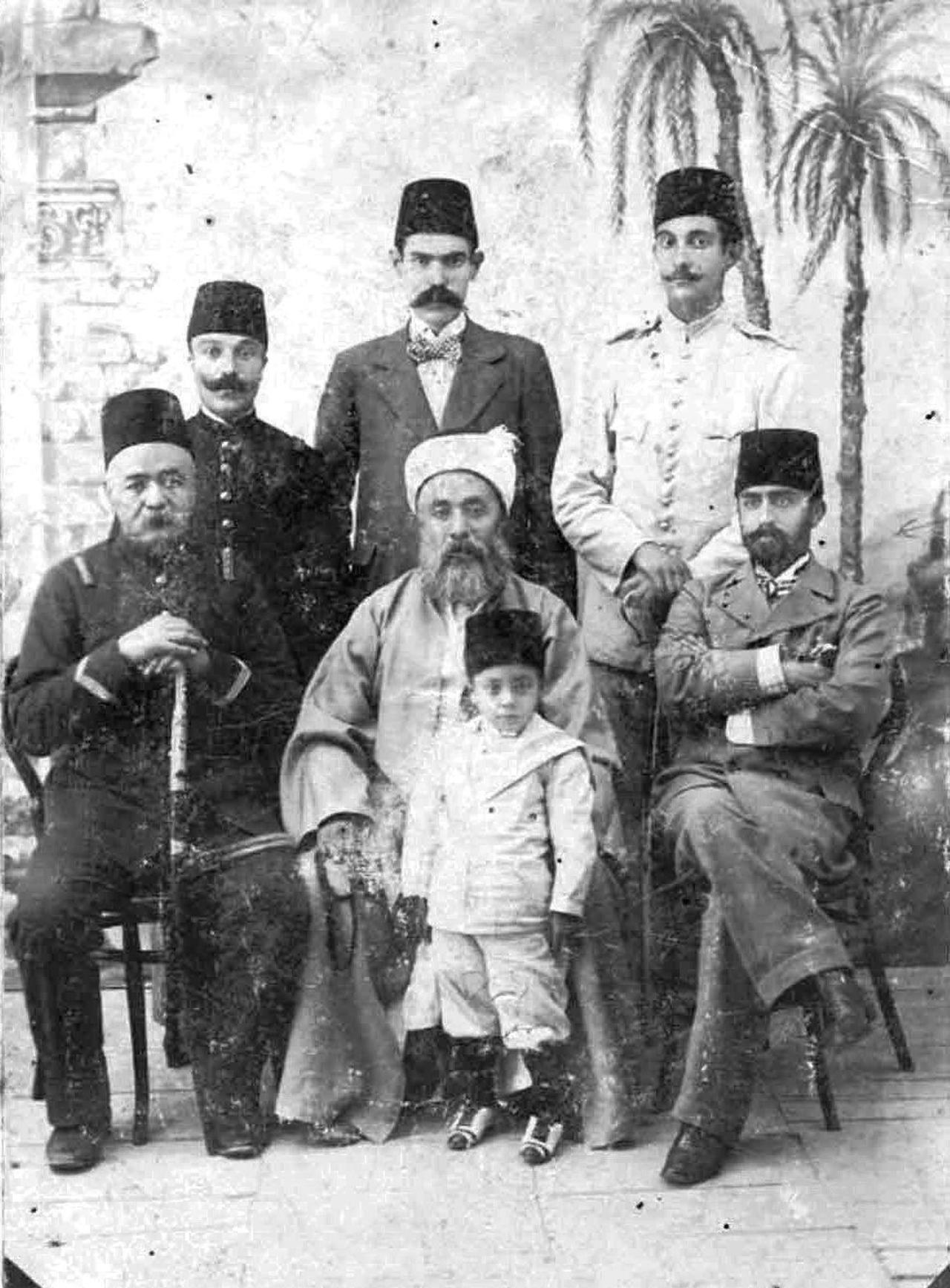
The Ottoman fez was introduced to the Muslim community of Cape Town, particularly the Cape Malays, by Sheikh Abu Bakr Effendi, an Ottoman scholar who arrived in Cape Town from Türkiye in 1863 to provide religious guidance and education.
Before his arrival, Muslim men in the Cape typically wore a conical hat style. Still, under Effendi’s influence, the Turkish-style fez became popular among them as a symbol of Islamic identity and connection to the wider Muslim world.

Sheikh Abu Bakr Effendi’s mission was part of a broader Ottoman effort to strengthen religious ties with Muslims in South Africa and promote Pan-Islamism, using cultural and religious influence to foster loyalty to the Ottoman Caliphate despite the Cape being under British colonial rule.
The fez, as a distinctive Ottoman headwear, became a visible marker of this connection and was embraced by Cape Muslims as part of their religious and cultural identity.
Other Ottoman cultural influences in Cape Town, like the construction of Hanafi mosques and Islamic institutions, which were encouraged by Ottoman academics and the Ottoman government, also occurred at the same time as the fez's introduction.,
Thus, the fez symbolizes the Cape Muslim community's historical ties to the Ottoman Empire as well as their Islamic beliefs, representing a physical heritage of Ottoman religious and cultural influence.

The fez is a significant symbol among Cape Malay Muslims primarily because it represented their Islamic identity and connection to the wider Muslim world, particularly the Ottoman Caliphate.
It symbolized unity and modernity within the Muslim community, replacing the older headwear styles and serving as a sign of piety and respect during religious practices. Its brimless design made it easier for wearers to touch the ground during prayers, emphasizing its religious function.
The fez also carried cultural and political meaning. It was a symbol of Islamic tradition and resistance against colonial and Western influences, linking Cape Malay Muslims to a broader Islamic identity and heritage.

The fez’s adoption reinforced a sense of belonging and pride within the Cape Muslim community, distinguishing them culturally and religiously in a colonial context.
The fez was also a cultural emblem and was worn during communal events and by groups such as the Cape Malay choirs and the Ottoman Cricket Club, founded by Sheikh Abu Bakr Effendi.
The traditional dress at that time, which continues today, primarily consisted of a formal suit accompanied by the red Ottoman fez.
For Cape Malay Muslims, the fez was much more than a hat; it was a potent religious symbol of Islamic faith and practice, a cultural emblem of Ottoman affiliation and Muslim identity, and a marker of community pride and resistance within the colonial setting of South Africa.